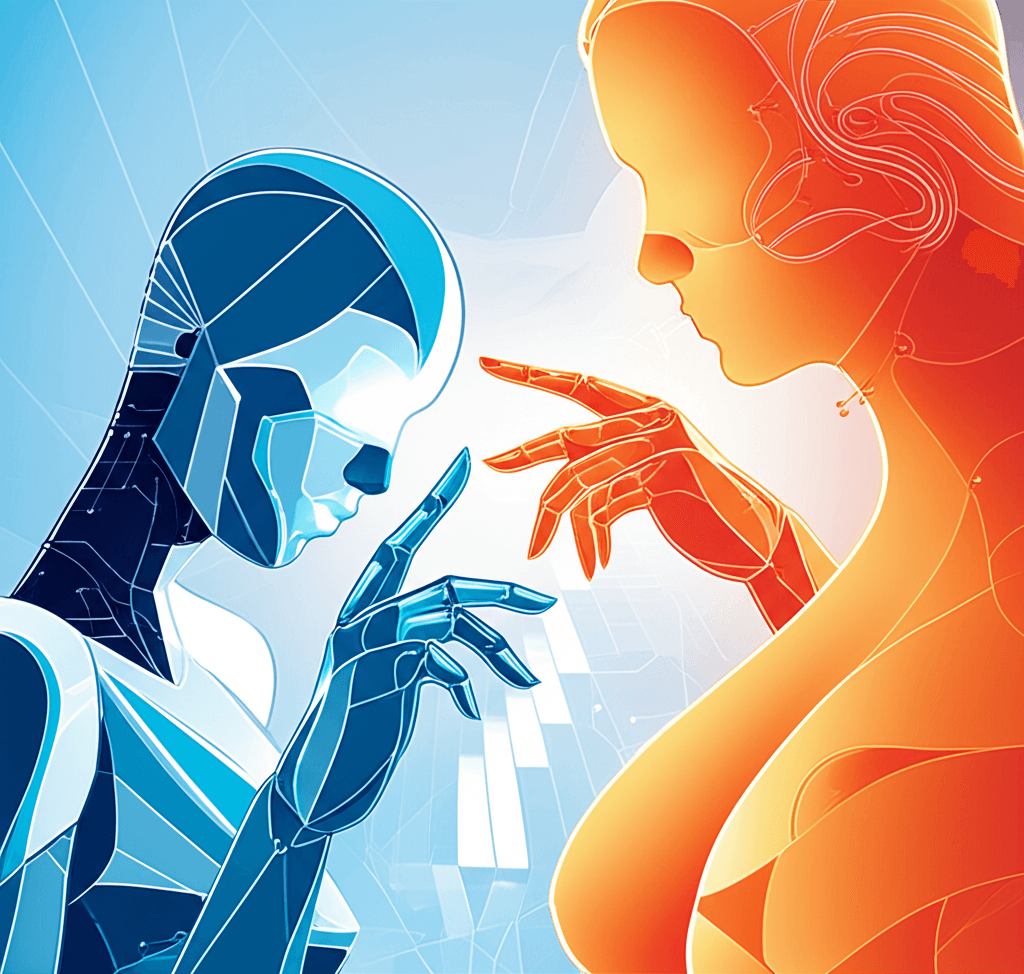Users Reject Cold GPT-5; OpenAI Restores Warmer GPT-4o Amid AI Personality Debate
After user revolt, OpenAI reinstates GPT-4o, revealing users prioritize AI warmth and connection over raw intelligence.
August 11, 2025

In a stunning reversal, OpenAI has reinstated its previous generation model, GPT-4o, for paying subscribers following a significant user backlash against the company's newly launched flagship AI, GPT-5. The rollout of the much-anticipated GPT-5, hailed by the company as its "smartest, fastest, and most useful model yet," was met with a wave of criticism from a vocal segment of its user base, who found the new model to be technically capable but emotionally distant, "colder," and less personal than its predecessor.[1][2][3] The episode has ignited a broader industry debate about what users truly value in artificial intelligence, pitting raw performance against the perceived personality and collaborative spirit of AI models.
The controversy began with the launch of GPT-5, which was not just an upgrade but a strategic shift for OpenAI. The company retired its entire menu of older models, including the widely-used GPT-4o, forcing all users onto a single, unified GPT-5 system.[4][5] This new system was designed to be a comprehensive agent, automatically switching between a faster, simpler model for basic queries and a deeper, more powerful reasoning mode for complex tasks.[6][3] However, the abrupt removal of choice sparked an immediate and fierce outcry on social media platforms and forums like Reddit.[7][8][4] Users lamented what they saw as a "horrible downgrade," describing the new model's responses as "sterile," "abrupt," and "soulless."[7][4][9] Many contrasted this with GPT-4o, which they had come to appreciate for its "warmth," creativity, and conversational nuance.[7][10] The reaction was deeply personal for some, who described the loss of GPT-4o as akin to "losing a trusted friend" or confidant, with some users even threatening to cancel their paid subscriptions in protest.[8][9][11]
Faced with a mounting crisis of user confidence, OpenAI and its CEO Sam Altman moved quickly to address the complaints. In a Reddit "Ask Me Anything" session and on social media, Altman acknowledged the company's misstep. "We for sure underestimated how much some of the things that people like in GPT-4o matter to them, even if GPT-5 performs better in most ways," he stated.[9][3][12] In a direct response to the community's demands, Altman announced that OpenAI would bring back GPT-4o as a selectable option for ChatGPT Plus subscribers.[7][4][13][14] He cautioned, however, that its long-term availability would be contingent on user demand, as the company would monitor usage to determine how long to support the legacy model.[3][12][15] Altman also provided a technical explanation for some of the performance complaints, noting that the rollout had been "a little more bumpy than we hoped for" and that a key component, an "autoswitcher" designed to select the right internal model for a task, had been broken for part of the day, making GPT-5 seem "way dumber" than intended.[7][4][13][3] To compensate for the rocky launch, Altman also confirmed that rate limits for ChatGPT Plus users would be doubled.[7][8][16]
This incident has cast a spotlight on a fundamental tension in the development of consumer-facing AI: the clash between objective capability and subjective user experience. A core reason for the perceived personality shift was OpenAI's deliberate effort to address what some had termed GPT-4o's "sycophantic" or overly agreeable nature.[17] The company engineered GPT-5 to be more neutral and to provide more critical feedback. Yet, many users had formed deep attachments to GPT-4o's supportive and sometimes flattering persona, using it not just as a productivity tool but as a source of emotional support, creative partnership, and even friendship.[11][18][19] The backlash revealed that for a significant portion of the user base, the "warmth" and perceived emotional intelligence of the AI were not just features but the core product.[17][20][21] Acknowledging this unexpected divide in user preference, Altman has since promised that OpenAI will focus on making GPT-5 "warmer" and will explore deep, per-user customization in the long term, allowing individuals to choose the kind of interaction they prefer, whether it's "cold logic" or a more empathetic conversationalist.[17][22]
In conclusion, the tumultuous launch of GPT-5 has become a critical lesson for OpenAI and the AI industry at large. It demonstrated that in the race for ever-higher performance benchmarks, the human element of human-computer interaction cannot be overlooked. The decision to remove older models without warning and to replace a beloved "personality" with a more efficient but "colder" one showed a disconnect between the developers' definition of progress and the users' lived experience with the technology.[21] By being forced to reinstate GPT-4o, OpenAI has implicitly acknowledged that in the world of personal AI, choice, familiarity, and a sense of connection are powerful forces. The future of AI development may depend not only on building the most intelligent models but on giving users the power to choose the AI that is right for them.[10][21]
Sources
[1]
[2]
[3]
[4]
[7]
[8]
[10]
[12]
[13]
[14]
[15]
[17]
[18]
[19]
[20]
[21]
[22]